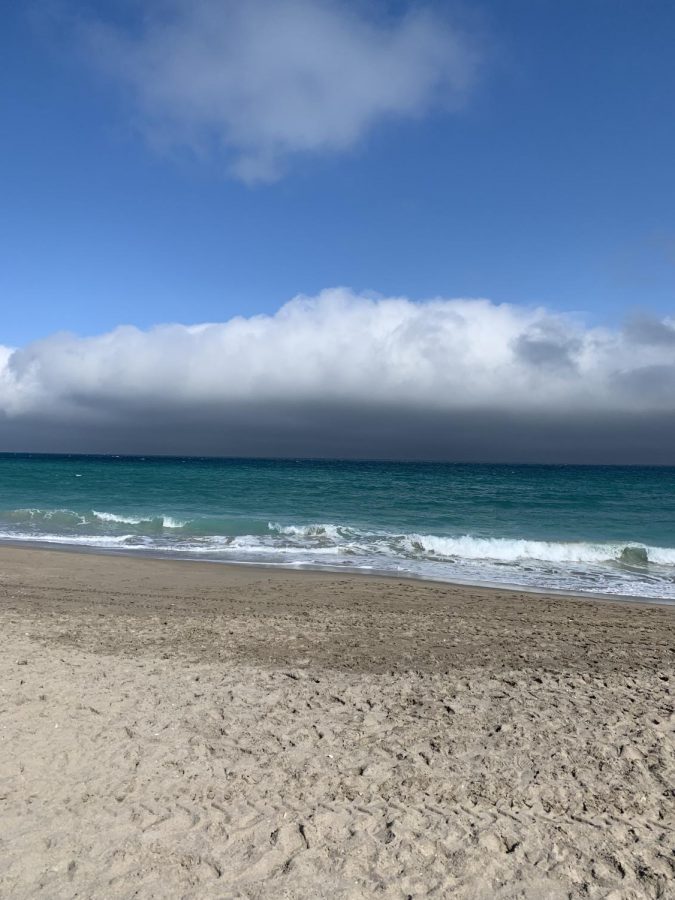Flesh-eating bacteria is on the rise in 2019
The Hutchinson Island beach is near the Gulf of Mexico.
November 28, 2019
As the coastline of the U.S and its waters begin to heat from seasonal changes and now climate change, necrotizing fasciitis, a flesh-eating bacteria, have started to increase.
This bacteria can be fatal and the effects are often irreversible. What makes this specific infection so dangerous is the specific strain of it; vibrio species. This strain thrives in the warm environments like the southern hemispheres, especially the gulf. Sadly, many have lost their lives to this bacteria after swimming or even kayaking in these areas.
Kaiser Permanente’s Health Encyclopedia looks to the origin of necrotizing fasciitis. There is a wide range of bacteria to blame for this infection and some are the same bacteria that causes strep throat and impetigo. A direct way to get this infection is from open wounds such as insect bites, wounds or cuts. It can also be passed from person to person through contact or touching the infected persons’ wound. Symptoms of necrotizing fasciitis consist of: skin that is red, swollen and hot to the touch; fever and chills; nausea and vomiting; and diarrhea. This infection can destroy skin, fat and tissue covering muscles in a very short period of time. It spreads rapidly, and seeking immediate attention from a doctor is imperative. The likelihood of one going into shock, organ failure and death increases almost instantaneously.
Although the bacteria were rare with 20,000 cases a year, Julie Moziatto from People looks to the increasing amount of reported cases in the Gulf of Mexico and nationwide, claiming the source of the disease increasing in the South and spreading to the North is climate change. In the South, there has been a multitude of fatalities of a wide range of ages. An eight-year-old lost his life to this infection at the same time as a 12-year-old girl was fighting for her life against the flesh-eating virus after swimming at a Florida beach. After the Fourth of July weekend, there were five more pressing cases in Florida and California; two of these were men who died one in Okaloosa County, Florida and the second in Magnolia Beach, Texas.
Furthermore, Moziatto looks to specific cases in the spreading of the bacteria to the North. Between 2017 and 2018, there were five cases of necrotizing fasciitis in Delaware Bay and New Jersey. On August 7,2019, a 68-year old man contracted this bacteria after swimming in Connecticut’s Hammonasset Beach State Park. The bacteria were located mostly in the man’s right leg, after numerous unsuccessful surgeries aimed at stopping the spread; doctors were forced to amputate his leg. Closer to home, there have even been cases in Kentucky’s Green River. Previously the bacteria was almost isolated to the ocean’s beaches but as climate change begins to take its course rivers have now also fallen victims.
Chances of catching this bacteria are still unlikely and the Center of Disease Control urges people to avoid fearing the water. To stay safe, the CDC stresses the importance of good hygiene: make sure to shower before entering the water and keep wounds covered with clean, dry bandages.








